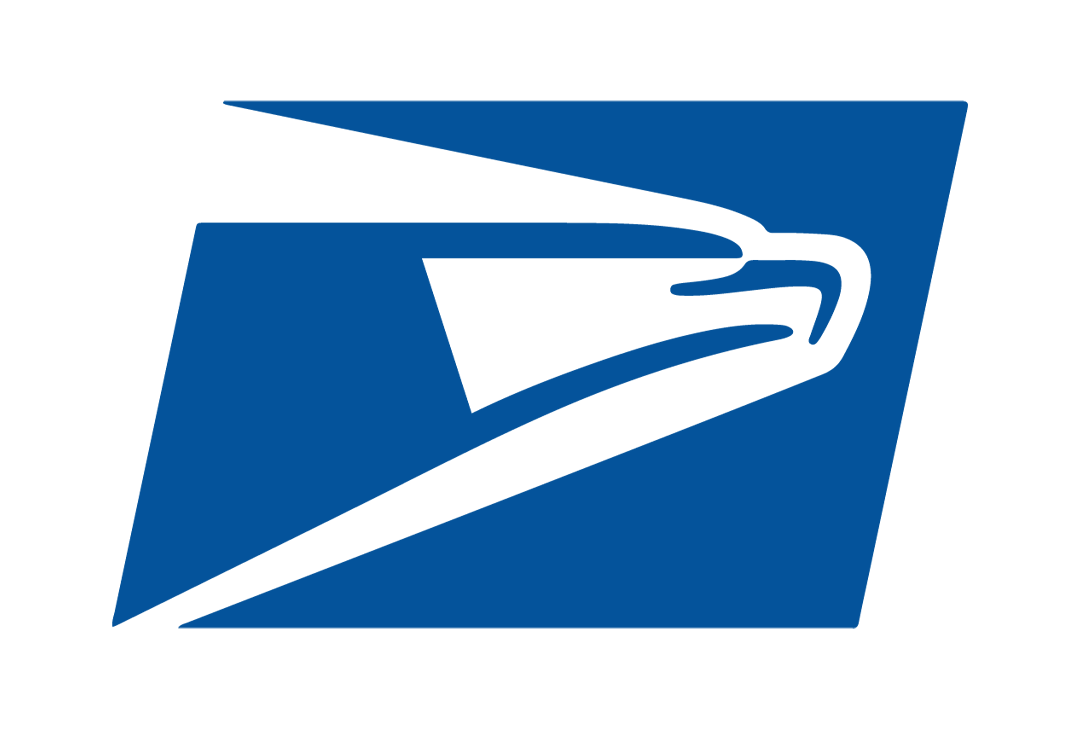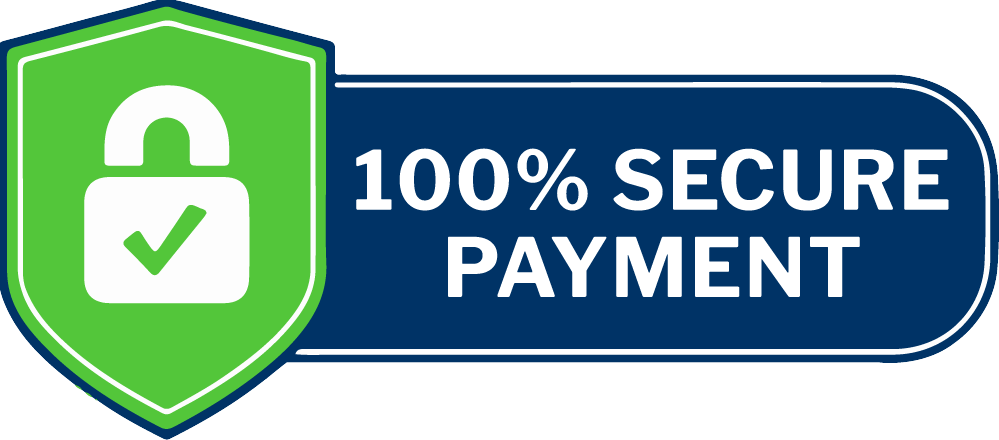Gemini Jets
Gemini Jets 1:400 Airbus A380: Etihad Airways, 2018 Year Of Zayed Livery

Gemini Jets 1:400 Airbus A380: Etihad Airways, 2018 Year Of Zayed Livery
$59.95
The Airbus A380 is the world's largest passenger airliner, a wide-body aircraft manufactured by Airbus. Airbus studies started in 1988 and the project was announced in 1990 to challenge the dominance of the Boeing 747 in the long haul market. The A3XX project was presented in 1994; Airbus launched the €9.5 billion ($10.7 billion) A380 programme on 19 December 2000. The first prototype was unveiled in Toulouse on 18 January 2005, with its first flight on 27 April 2005. Difficulties in electrical wiring caused a two-year delay and the development cost ballooned to €18 billion. It obtained its EASA and FAA type certificates on 12 December 2006.
It was first delivered to Singapore Airlines on 15 October 2007 and entered service on 25 October. Production peaked at 30 per year in 2012 and 2014. However, Airbus concedes that its $25 billion investment for the aircraft cannot be recouped. On 14 February 2019, after Emirates reduced its last orders in favour of the A350 and the A330neo, Airbus announced that A380 production would end by 2021.
The full-length double-deck aircraft has a typical seating capacity of 525, though it is certified for up to 853 passengers. It is powered by four Engine Alliance GP7200 or Rolls-Royce Trent 900 turbofans providing a range of 8,000 nmi (14,800 km). As of December 2019, Airbus has received 251 firm orders and delivered 242 aircraft; Emirates is the biggest A380 customer with 123 ordered, of which 115 have been delivered.
Nicknamed Superjumbo, the first A380, MSN003 (registered as 9V-SKA), was delivered to Singapore Airlines on 15 October 2007 and entered service on 25 October 2007 with flight number SQ380 between Singapore and Sydney. Passengers bought seats in a charity online auction paying between $560 and $100,380. Two months later, Singapore Airlines CEO Chew Choong Seng stated the A380 was performing better than either the airline or Airbus had anticipated, burning 20% less fuel per seat-mile than the airline's 747-400 fleet. Emirates' Tim Clark claimed that the A380 has better fuel economy at Mach 0.86 than at 0.83, and that its technical dispatch reliability is at 97%, the same as Singapore Airlines. Airbus is committed to reach the industry standard of 98.5%.
Emirates was the second airline to receive the A380 and commenced service between Dubai and New York in August 2008. Qantas followed, with flights between Melbourne and Los Angeles in October 2008. By the end of 2008, 890,000 passengers had flown on 2,200 flights.
In February 2009, the one millionth passenger was flown with Singapore Airlines and by May of that year 1,500,000 passengers had flown on 4,200 flights. Air France received its first A380 in October 2009. Lufthansa received its first A380 in May 2010. By July 2010, the 31 A380s then in service had transported 6 million passengers on 17,000 flights between 20 international destinations.
Airbus delivered the 100th A380 on 14 March 2013 to Malaysia Airlines. In June 2014, over 65 million passengers had flown the A380, and more than 100 million passengers (averaging 375 per flight) by September 2015, with an availability of 98.5%. In 2014, Emirates stated that their A380 fleet had load factors of 90–100%, and that the popularity of the aircraft with its passengers had not decreased in the past year.
With four A380s leased to Singapore Airlines having been returned between October 2017 and March 2018, Dr. Peters fears a weak aftermarket and is considering scrapping them, although they are on sale for a business jet conversion, but on the other hand Airbus sees a potential for African airlines and Chinese airlines, Hajj charters and its large Gulf operators. An A380 parted out may be worth $30 million to $50 million if it is at half-life. Teardown specialists have declined offers for several aircraft at part-out prices due to high risk as a secondary market is uncertain with $30 to $40 million for the refurbishment, but should be between $20 to $30 million to be viable.
When the aircraft were proposed to BA, Hi Fly and Iran Air, BA did not want to replace its Boeing 747s until 2021, while Iran Air faced political uncertainty and Hi Fly did not have a convincing business case. Consequently, Dr. Peters recommended to its investors on 28 June 2018 to sell the aircraft parts with VAS Aero Services within two years for US$45 million, quickly for components like the landing gear or the APU. Rolls-Royce Trent 900 leasing beyond March 2019 should generate US$480,000 monthly for each aircraft before selling the turbofans by 2020. With a total revenue of US$80 million per aircraft, the overall return expected is 145–155% while 72% and 81% of their debt had already been repaid.
The fifth plane coming back from SIA, owned by Doric, has been leased by Hi Fly Malta with a lease period of "nearly 6 years". Hi Fly Malta became the first operator of second-hand A380 (Airbus MSN006, SIA 9V-SKC), which carries the Maltese registration number, 9H-MIP. Norwegian Long Haul briefly leased Hi Fly Malta A380 in August 2018, which operated the aircraft following engine problems with their Dreamliner fleet. Norwegian leased the A380 again in late 2018 to help deal with the passenger backlog as a result of the Gatwick Airport drone incident.
Two others returned from Singapore Airlines in the coming weeks (June 2018) but they could stay with an existing Asian A380 flag carrier.
The teardown value includes $32–$33 million from the engines in 2020 and $4 million from leasing them until then, while the value of a 2008 A380 would be $78.4 million in 2020 and its monthly lease in 2018 would be $929,000. The two aircraft have returned 3.8–4.2% per year since 2008 but the 145–155% return is lower than the 220% originally forecast. Of the nearly 500 made, 50 747-400s were sold in the secondary market, including only 25 to new customers. These are among the first A380s delivered, lacking the improvements and weight savings of later ones.
The first two A380s delivered to Singapore Airlines (Airbus MSN003 and MSN005, SIA 9V-SKA and 9V-SKB) flew to Tarbes, France to be scrapped. Their engines and some components had been dismantled and removed while the livery was painted over in white.
As of September 2019, Emirates initiated its A380 retirement plan – which will see the type remain in service until at least 2035 – by retiring two aircraft that were due for a major overhaul, and using them as parts donors for the rest of the fleet. Emirates does not see any demand in the second-hand market, but is indifferent in that the retired aircraft have already been fully written down and thus have no residual value. As further aircraft are retired, Emirates-owned airframes will continue to be used for parts, while leased airframes will be returned to the lessors.
Etihad Airways is the second-largest airline in the UAE (after Emirates). Its head office is in Khalifa City, Abu Dhabi, near Abu Dhabi's International Airport. Etihad commenced operations in November 2003.
The airline operates more than 1,000 flights per week to over 120 passenger and cargo destinations in the Middle East, Africa, Europe, Asia, Australia, and the Americas, with a fleet of 102 Airbus and Boeing aircraft as of February 2020. In 2015, Etihad carried 14.8 million passengers, a 22.3% increase from the previous year, delivering revenues of US$9.02 billion and net profits of US$103 million. Its main base is Abu Dhabi International Airport.
In addition to its core activity of passenger transportation, Etihad also operates Etihad Holidays and Etihad Cargo. Etihad established its airline alliance, Etihad Airways Partners, in October 2015 which was disbanded in 2018 after several of its members fell into financial difficulties. Etihad Airways holds minority equity investments in the participating airlines, as well as holding a stake in Virgin Australia, which is not officially listed as an Etihad Airways Partner. Booking for these airlines is consolidated under one network.














